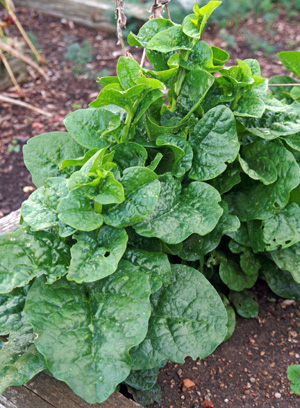
Many people like to eat spinach throughout the year but true spinach (Spinacea oleracea) doesn’t grow well in hot weather. There are a number of other plants that are grown to use as a spinach substitute. Malabar spinach, Basella alba, is a popular green leafy vegetable in other parts of the world. This tender perennial native to tropical Asia, likely India and Sri Lanka or Indonesia (hardy only to zone 10), is easily grown as an annual during the heat of summer. This species in the family Basellaceae (unrelated to true spinach in the Chenopodiaceae) sometimes goes by other common names including Indian spinach, Ceylon spinach, vine spinach, and climbing spinach. In addition to being edible it can also be grown as an ornamental foliage vine.
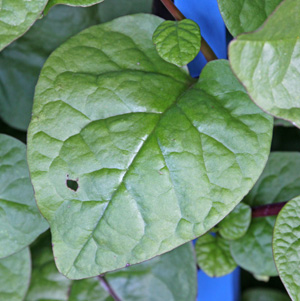
This fast-growing plant is a soft-stemmed, twining vine that can grow up to 10 feet long as an annual (longer as a perennial) but generally remains smaller in most gardens. The dark green, glossy, oval to heart-shaped leaves are thick and semi-succulent with a mucilaginous texture.
The edible leaves (and shoots) of Basella alba resemble spinach with a mild, slightly peppery flavor with a hint of citrus and are used in the same way. The young leaves can be eaten raw mixed in a green salad, and steamed or boiled to be used like cooked spinach. Because of the mucilagenous nature, it can also be used to thicken soups and stews. Some people do not like the somewhat slimy texture of the cooked leaves (reminiscent of cooked okra). The leaves can be eaten throughout the season, but once plants start flowering, the leaves become bitter.
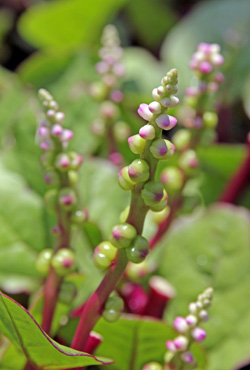
Basella is stimulated to produce flowers under dry conditions or short-day conditions, so these are often not seen when grown as a garden plant in the Midwest. The inconspicuous white or pink elongated, globular, fleshy flowers are produced in short spikes in the leaf axils.
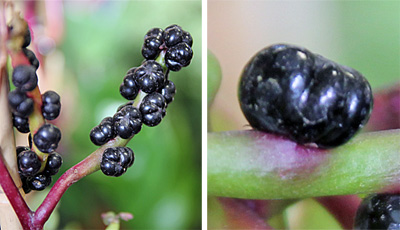
The flowers are followed by ornamental, four-parted deep-purple to black berries (drupes). The tasteless red-purple juice of the fresh berries can stain and is used as a dye or food colorant in Asia. The fruits can be dried whole for planting the following year.

Grow Malabar spinach in full sun. It does best in fertile, moist but well drained soils. Provide consistent moisture through the season, as the plants tend to go to flower if the soil gets too dry. Although the plants can be allowed to ramble or climb other vegetation, they are best grown on a sturdy trellis when grown as a vegetable. The vines are quite attractive – particularly the cultivar ‘Rubra’ (often listed as Basella rubra) which has burgundy stems and leaves with pink veins – so could be incorporated into any ornamental landscape, such as trained onto tuteurs to provide a vertical element in a bed or border, or onto a fence or other structure. Prune the plants as much as needed by cutting off the leaves and stems to keep the desired shape or more dense growth. Try combining the vine spinach with dark-leaved basil or beets, Swiss chard with pink or red petioles, and blue-leaved kale for a dramatic edible planting. The red-stemmed type is complemented by annuals with red or pink flowers or foliage, such as coleus, zinnias, or cosmos. Pair the vine on a trellis with other tropical such as black-leaved elephant ears or cannas.
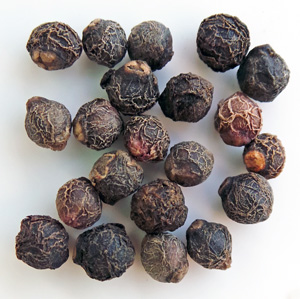
This warm season vegetable is very frost sensitive and should not be planted outdoors until a few weeks after all danger of frost has passed. Start seeds indoors 6-8 weeks before last frost. Seeds should germinate in 10 days to 3 weeks. Mechanical scarification to open the tough seed coat (such as with a file, sharp knife or sandpaper) will hasten germination, as will soaking them in water overnight before planting.
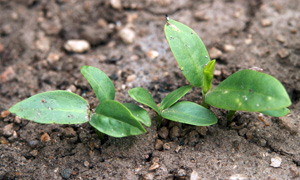
Transplant in the garden once the soil has warmed, placing plants at least a foot apart. Plants will not grow much until the heat of summer, and will not do much when night temperatures are consistently below 60°F. This plant roots readily where the stems touch moist soil and is easily propagated from tip cuttings which root readily in water.
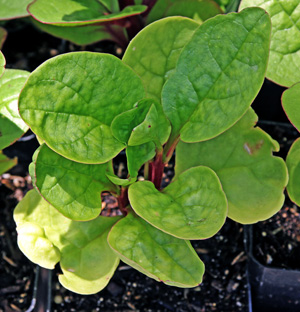
If you can’t grow your own, Malabar spinach can sometimes be found at Asian grocery stores or farmers markets.
– Susan Mahr, University of Wisconsin – Madison
Ask Your Gardening Question
If you’re unable to find the information you need, please submit your gardening question here:





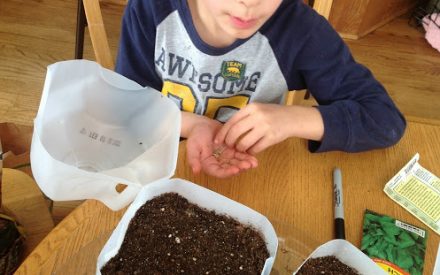 Seed Starting
Seed Starting Growing Vegetables at Home: Questions and Answers
Growing Vegetables at Home: Questions and Answers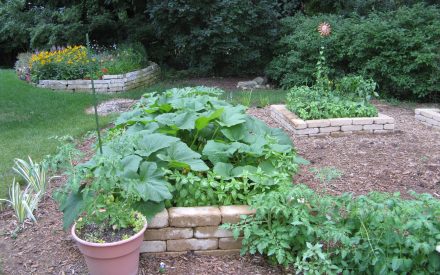 Growing Vegetables in Containers
Growing Vegetables in Containers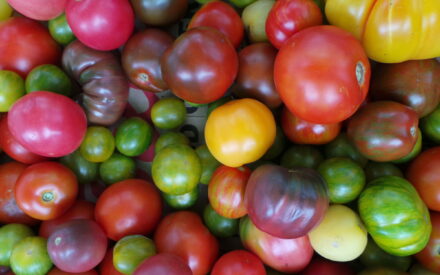 Home-Grown Tomatoes for Wisconsin
Home-Grown Tomatoes for Wisconsin


